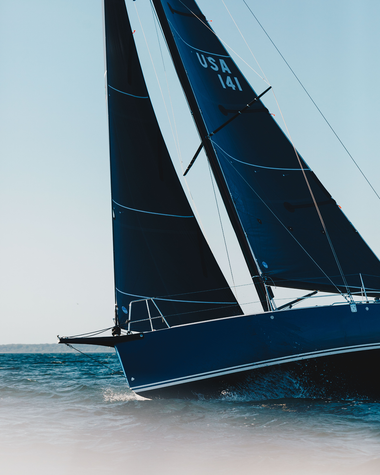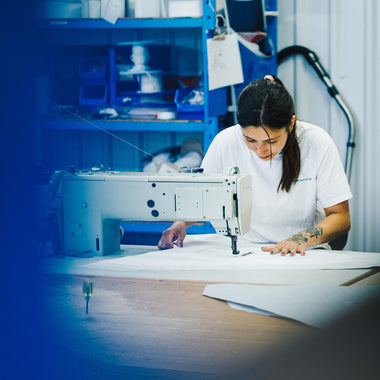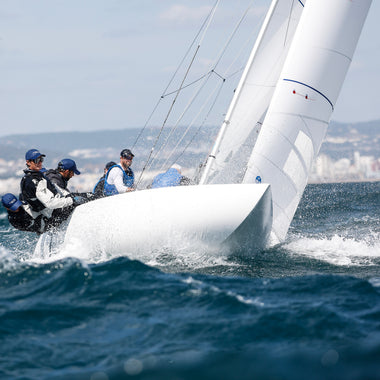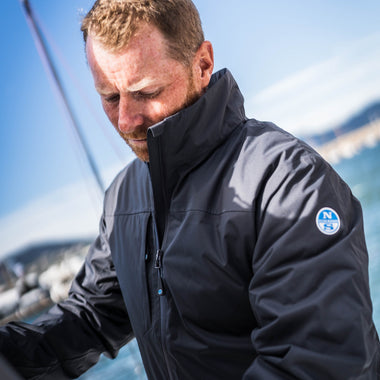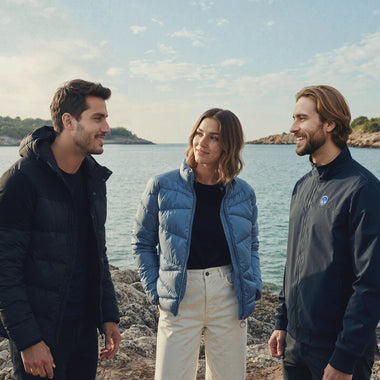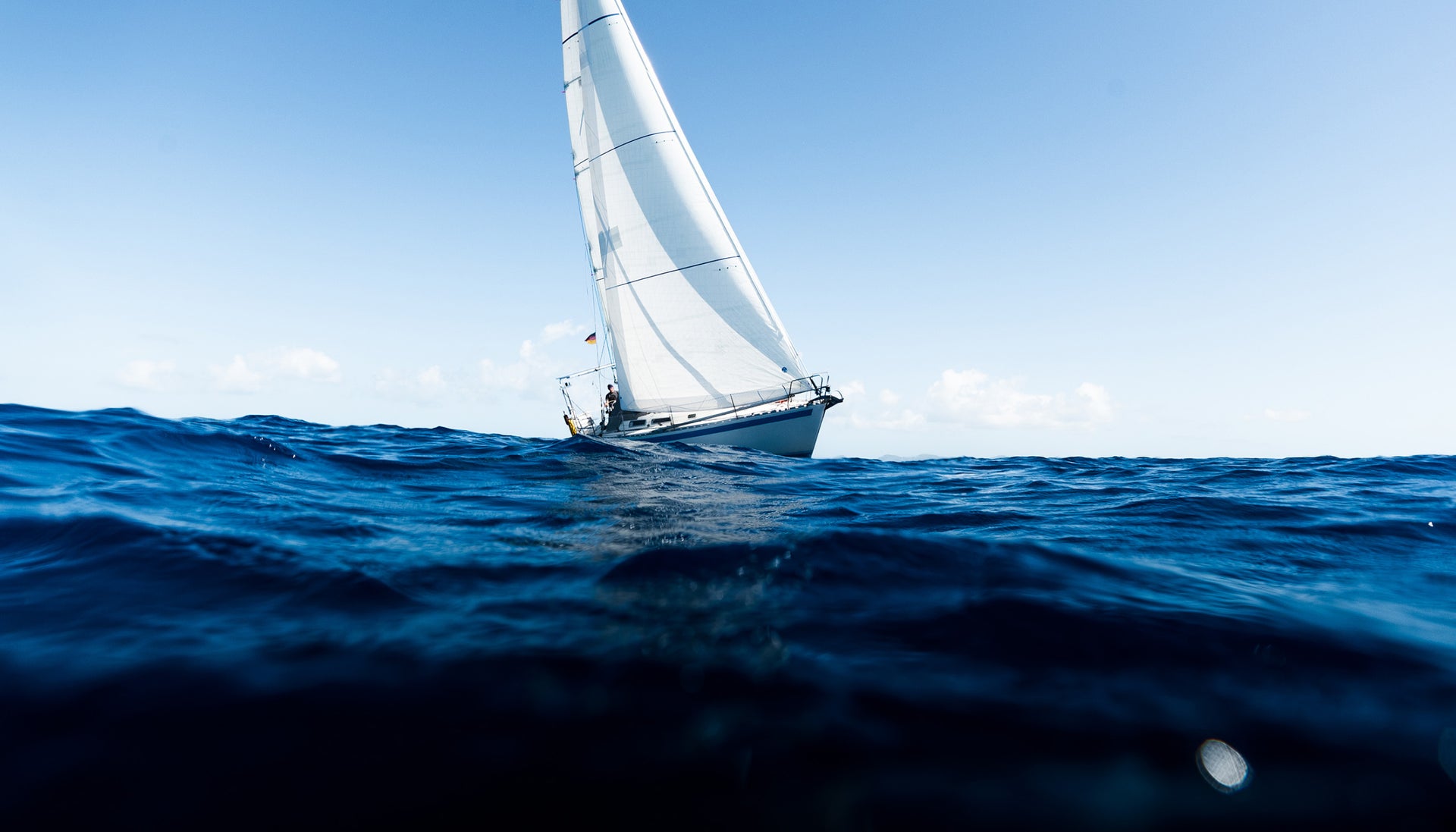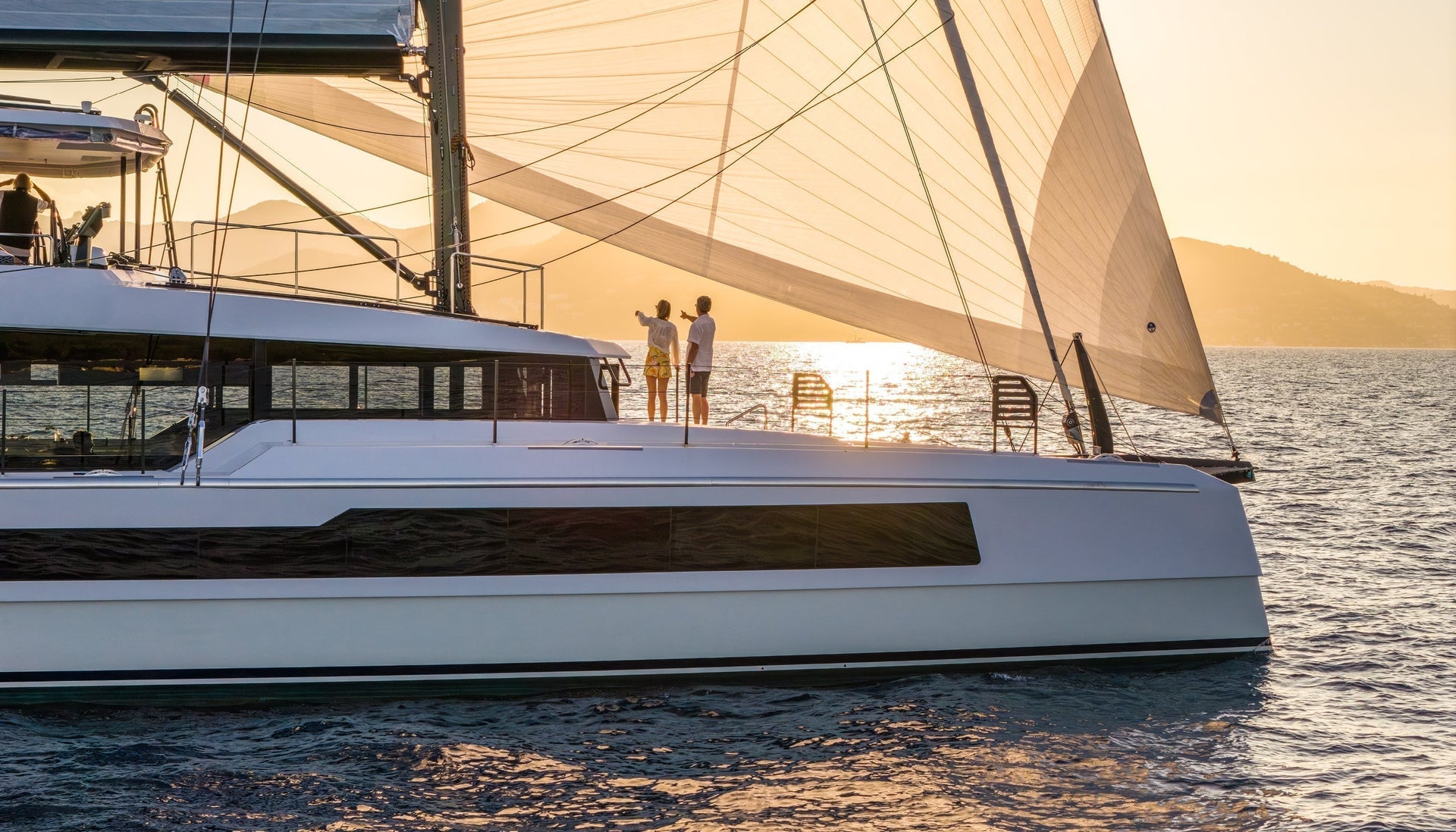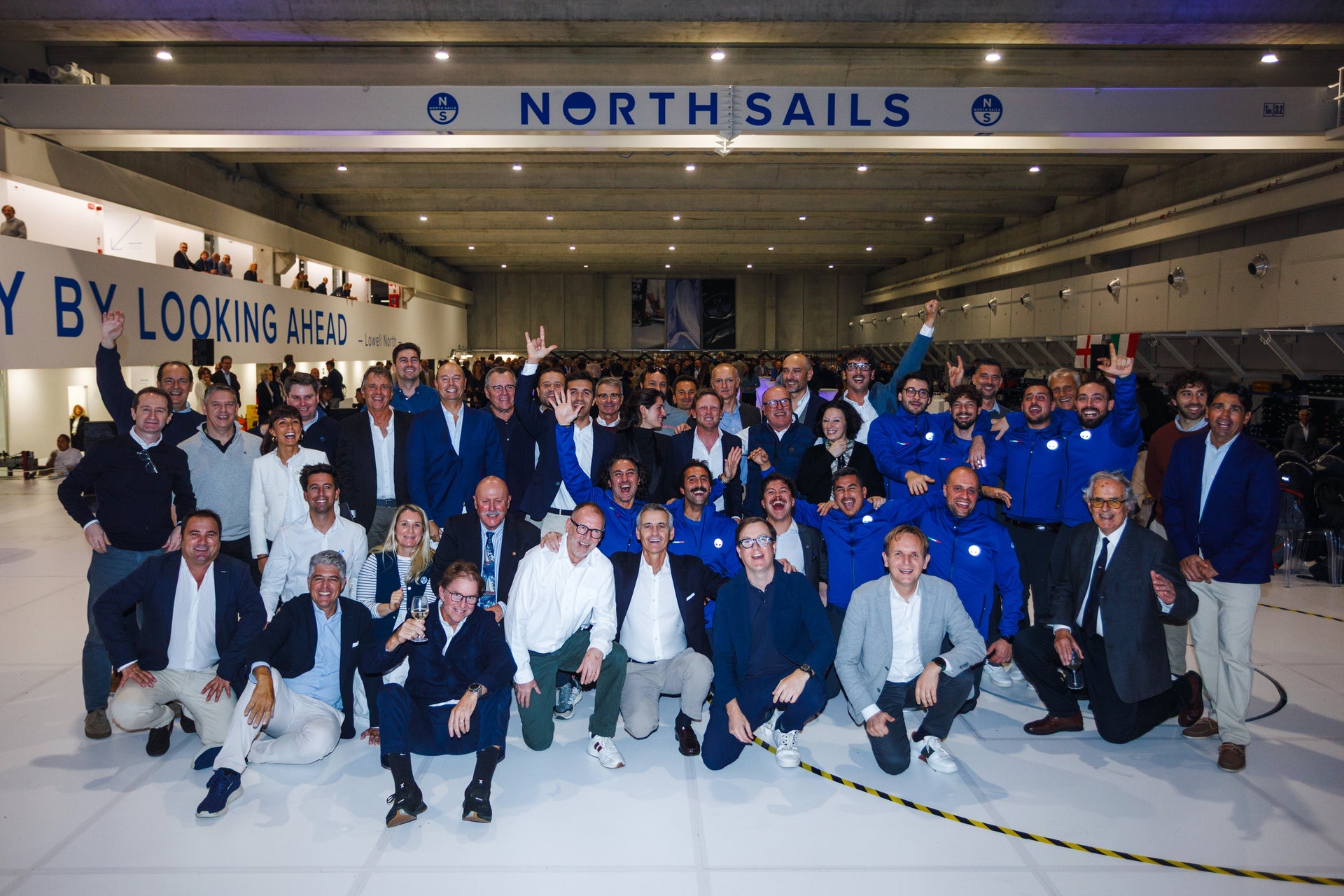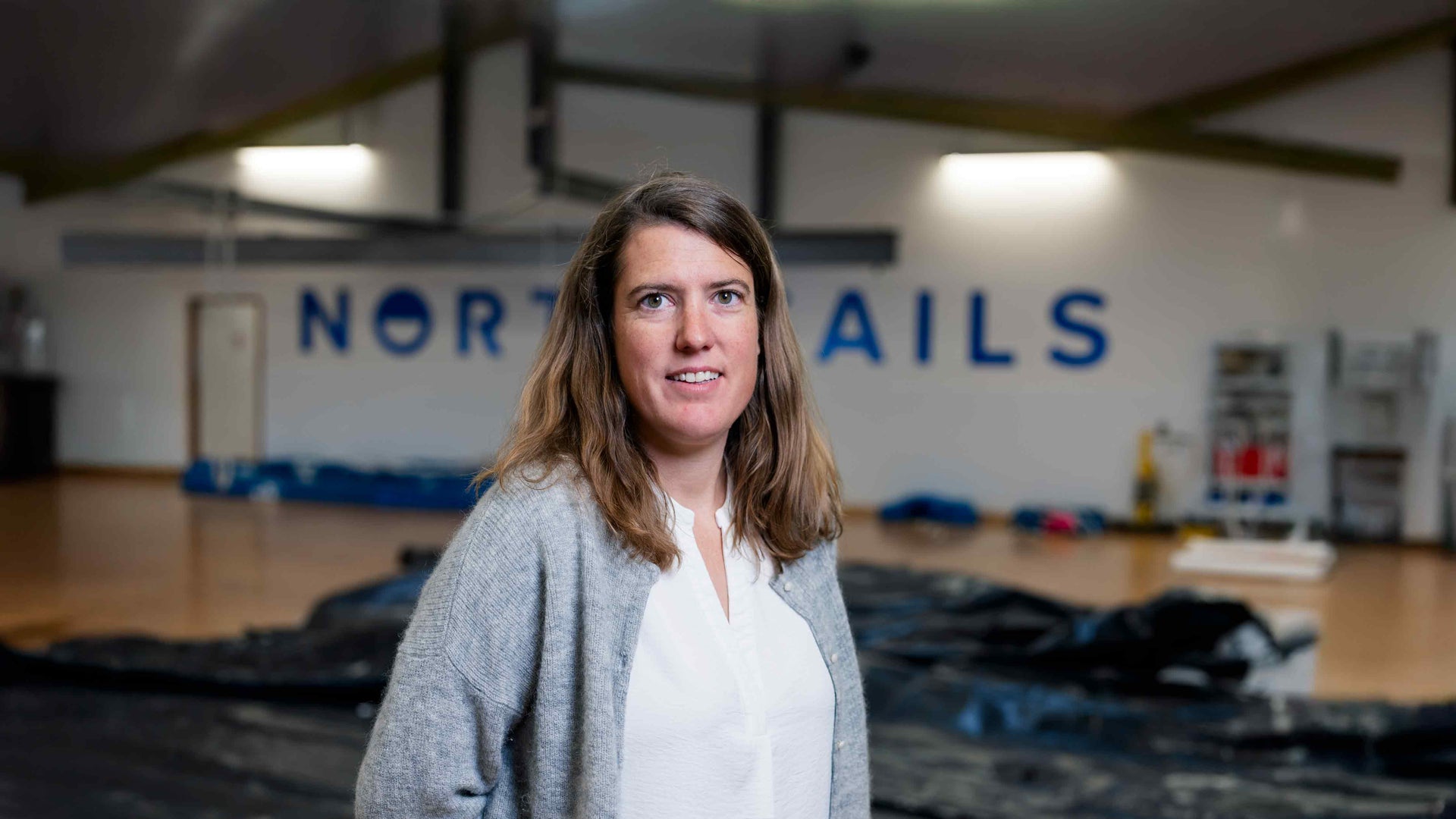PATRICK MURRAY'S TRANSPAC DOWNLOAD
2019 TRANSPAC TALES
Race Aficionado Patrick Murray Talks About His Favorite Offshore Event
 📸Sharon Green / ultimatesailing.com
📸Sharon Green / ultimatesailing.comWhat makes this race so special to you and other sailors who keep coming back?
This race has become my favorite race by far, globally, anywhere. 2019 was the fifth time I've sailed it and now on five different boats. So that’s five different styles and different teams every time. Every time I get more respect for what it takes to do the race, and the preparation that goes into being ready for the race. The Transpac is a small version of what the people in the Volvo talk about where, if you ask some crews on day three when they're heading out, it's cold and you're smashing upwind, and there's probably a few people that are not feeling all that well on the boat, you'd probably think they would never want to do it again. But in total, you get to Hawaii, the experience of finishing at Diamond Head, and the downwind sailing for days on end, of just ripping along, people want to do it again for sure. I think as far as this race goes, the results are one thing, but it's really just an accomplishment to be prepared and be at sea for nearly two weeks, handle all the conditions, the squalls, everything that gets thrown out at you out there. It's not your everyday race, and to see guys like Paul really excited at the finish, and the culmination of all the work, effort, and training, its extremely rewarding.How was this years race for you?
The light air start didn’t favor breaking records but the conditions were nearly perfect; nice pressure, perfect reaching, and powered up sailing conditions the whole way. I think if you were to go through the fleet, it was a pretty windy and maybe just the tick above averages, in terms of how much wind. So it was a really proper offshore race and a proper offshore sail, that it put a few boats in tough situations and other boats and in a situation that they could thrive in really nice, heavy air conditions. I was on a Swan 60, Good Call. We started on Friday and had a perfect sail over to Catalina. Essentially we never had to tack, fetched on starboard tack, and made our way around Catalina, and then it was just beautifully windy the whole way across. 📸Sharon Green / ultimatesailing.com
📸Sharon Green / ultimatesailing.comAnd on that note, how did you prepare your clients for this race?
One thing I think people don't necessarily really think through or know if they haven't done the race, is that the beginning portion of the race is very hard, and it's more upwind and tight reaching. You have about 400 miles, and maybe up to 500 miles of pretty tight, cold, rough sailing, where you really have to earn that really beautiful downwind trade wind sailing. It's very different than the beautiful pictures we see with boats planing downwind off Diamond Head at the finish. You start upwind and it's a beat, medium to light air beat to Catalina, and then it's just off the wind, close reaching for some part of a 12 - 24 hour period. And then the breeze slowly goes from some version of west 270 and clocks through northwest. This is when you start seeing the wind up near zero out of the north and you're working through a full reaching inventory. That portion of the race is really critical, and which sail you use, and how you use them to get to different portions of the chart, is hugely important.What did you do personally and with your team to prepare for this race?
On our boat, one of the things we did was try to eliminate having to carry too many sails. We would use our upwind sail and kind of an all-purpose upwind sail and heavier 3Di that could be used in heavy air. Then we were able to use a higher clew and a second clew, and a second configuration for that sail, so that we could use it as a reaching sail as well, which really helps in terms of gear management. You have to take so much stuff on this race, but if you can eliminate any of it, especially the upwind that goes away pretty quickly and then just turns into weight that you're carrying. On Good Call, we spent a lot of time working on the boat and getting everything ready, a lot of sailing time to work on those reaching configurations to see where they're the most efficient.How did you prepare your clients for this race?
I had six clients in the race, in six boats that I worked with very closely in terms of preparation in their sail plans, and then just in sailing and preparation for the race, as well. That was the approach that we worked on with multiple boats so that we could keep the inventory as neat and clean, and efficient as possible, without having too many sails that you have to carry the whole way. And that's one of the benefits of 3Di, is that we were able to use those sails in a wider wind range, and also dual purpose uses in terms of a bit of a reaching sail, a Blast Reacher or Jib Top in some cases. With some of the other teams, I spent a lot of time with a few crews that were doing this race for the first time, working on their inventories in terms of what sails they had, and how to utilize them, but then also many hours out on the water coaching them. 📸Sharon Green / ultimatesailing.com
📸Sharon Green / ultimatesailing.com